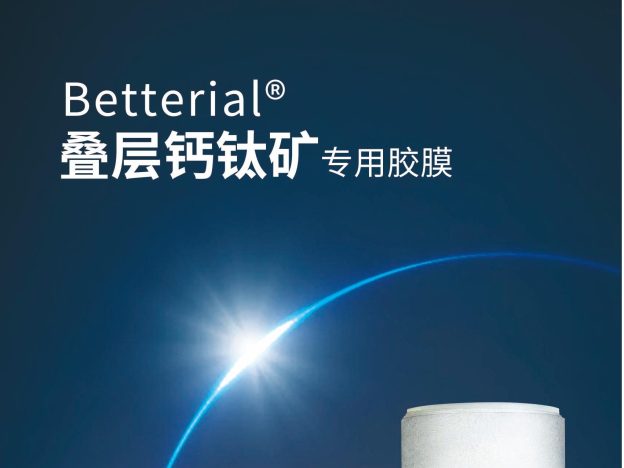
Scientists have long sought to address the low stability of perovskite solar energy cells, enabling high-efficiency solar technology to move beyond the laboratory. Recently, Turkish scientists have found that a natural clay substance known as sepiolite could offer a solution to this problem.
Sepiolite is a mineral with a structure similar to asbestos. Researchers from Konya Technical University in Turkey discovered that incorporating sepiolite into perovskite precursor materials could form a scaffold layer, ultimately enhancing the cell’s conversion efficiency and stability. Their findings could be applied to large-scale manufacturing of perovskite solar cells.
Perovskite has proven to be a low-cost, high-efficiency solar cell material. Researchers are developing large-scale perovskite solar cells with a 25-year-operational lifespan and related equipment for mass-production. Many studies have also focused on researching additives to perovskite precursor materials to create a protective layer that can enhance the solar cell’s stability.
Scientists at Konya Technical University believe they have discovered an additive that could help increase both stability and service life. Sepiolite, a natural clay mineral consisting of silicon, magnesium, and oxygen, can be used as a scaffold layer in perovskite solar cells without any modification.
The team tested planar perovskite solar cells with an initial efficiency of 7.92%. When sepiolite was used an additive, their efficiency increased to 16%—a 50% improvement when compared to other cells produced under the same conditions. The team produced more than 150 cells—some with sepiolite additives and some without—observing a significant improvement in efficiency in cells containing sepiolite.
The team points out that sepiolite’s ability to absorb large amounts of water can protect moisture-sensitive perovskite cells from damage. Researchers suggest that natural clay sepiolite can serve as a scaffold layer for perovskite cells, yielding efficient, reusable, and stable solar cells. Sepiolite is a non-toxic, low-cost material found in nature, and its ease of processing may encourage large-scale perovskite cell production.
(Image Source: Flickr/Steve Rainwater CC BY 2.0)







